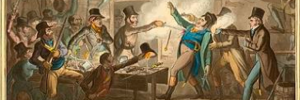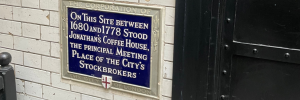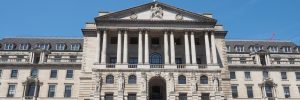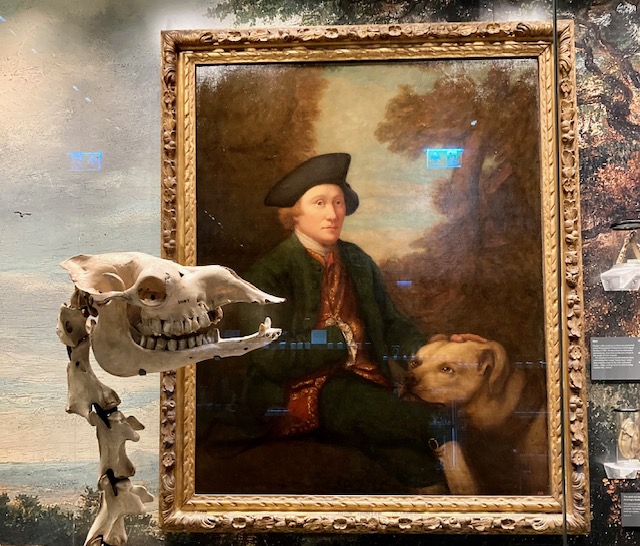
His dedication and keen observations soon allowed him to carve out his own reputation in the medical and scientific communities. This was further solidified by his service as a military surgeon. The most illuminating demonstration of his commitment to medical research was seen through his ground-breaking work on venereal disease, a prevalent concern in Georgian London.
According to legend, Hunter took his passion for understanding diseases to an extreme extent, allegedly injecting himself with gonorrhoea pus to examine its effects on the human body. It remains a mystery as to what his wife Anne, a noted musician and poet, thought of this rather drastic experiment.
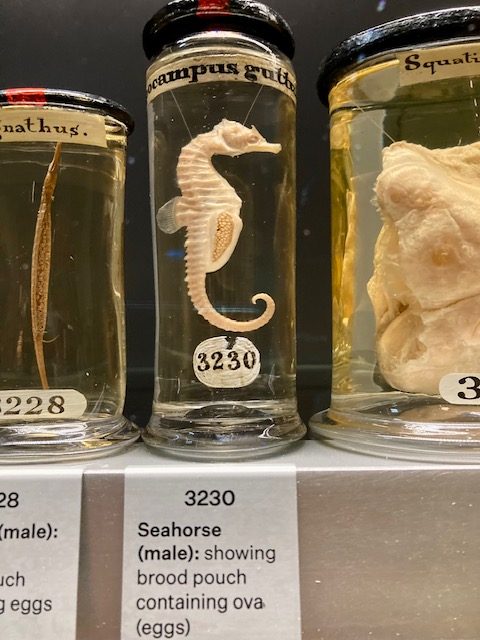
Hunter’s life journey ended in 1793, leaving behind a rich legacy encapsulated in the Hunterian Museum, a segment of the Royal College of Surgeons on Lincoln’s Inn Field. His vast collection of human specimens, gathered throughout his career, was on display here. The assortment also included a diverse range of animal species, boasting several exotic creatures brought back from Captain Cook’s voyages and other explorers.
Despite losing two-thirds of its original content during the blitz, the museum, freshly reopened after an extensive renovation, is still an impressive display of diversity. However, be prepared, some exhibitions are not for the faint-hearted!
Hunter’s most renowned residence was an elongated, narrow house in Leicester Square, notable for its grand facade. Linked by a yard and auxiliary buildings was the dissection room, tucked away at the very back of the house. Bodies were subtly brought in via an unmarked door, keeping the grisly aspect of the house concealed from public view.
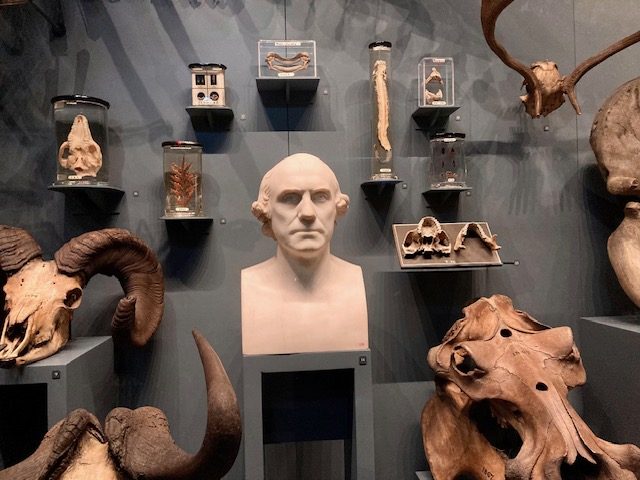
This dichotomy of a respectable public-facing front and a hidden, darker side has echoes in literature, specifically in Robert Louis Stevenson’s ‘Dr. Jekyll and Mr. Hyde.’ Set in Soho, the house of Dr Jekyll in the novel bears a resemblance to Hunter’s, hinting at possible inspiration. Hunter’s seemingly nonchalant approach to the source of his dissection subjects might have contributed to this darker literary counterpart.
John Hunter also features in my walking tour, ‘Scientists and Monsters‘, an exploration of literature’s infamous monsters and the real-life scientists who inspired them. The eerie figures of Dracula and Frankenstein also loom in the streets of Mayfair and Soho! Private tour available too.


